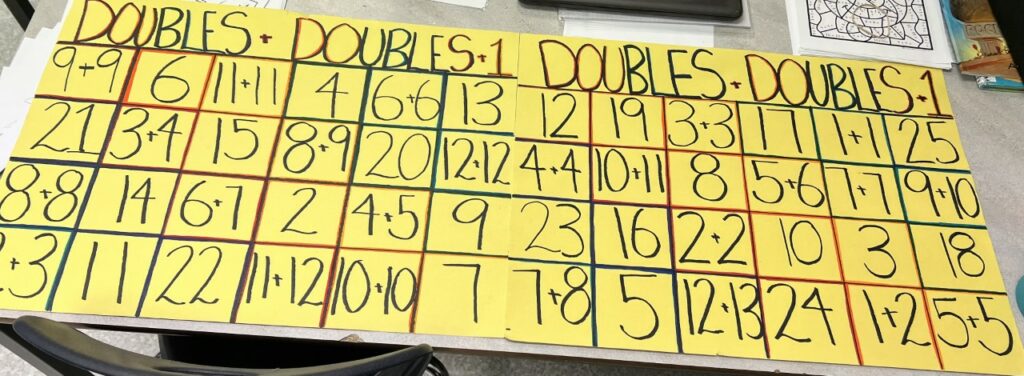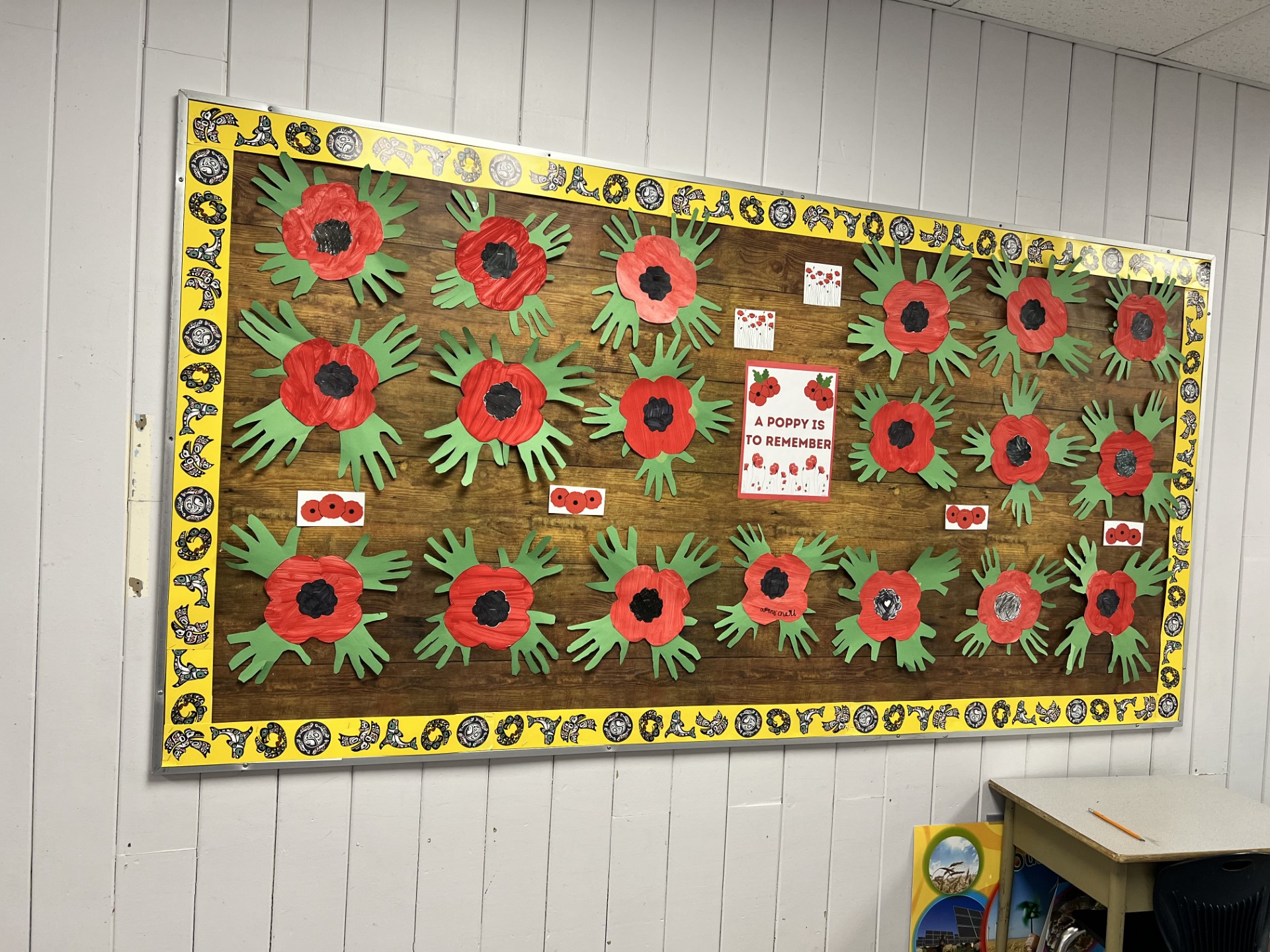During my time at Nukko Lake Elementary for my Education 391 practicum, I was asked by my coaching teacher to teach 4 linked lessons in math as a mini unit- two lessons on the doubles addition strategy (1+1, 2+2… 12+12) and two lessons on the doubles plus one addition strategy (1+2, 2+3… 12+13). She explained to me that she wanted me to teach these strategies specifically because she wanted these addition questions and answers to develop into a mental math strategy for her students to utilize in two digit addition with and without regrouping that they were currently learning about. She also told me that although this may be review for some of the Grade 3 students in her class, she was certain the Grade 2 students would benefit significantly from what I was teaching, especially those who struggle in math already. I was excited for the challenges this situation possessed for me in my lesson planning process- I had to find a way to teach these strategies that was interesting for those students who felt like these addition strategies were “review” while also making sure I was teaching them in such a way that the information contained wasn’t inaccessible for a struggling Grade 2 student. I decided to use one lesson for each strategy for filling out a “doubles and doubles +1 cheat sheet” and reviewing and practicing the concept together (whiteboard practice for the doubles lesson and math riddles to find the mystery doubles plus one addition answer for the doubles plus one lesson). I used the other lesson for each strategy to play a game with the intention of helping the students to turn the addition facts and answers into more of a mental math strategy through their participation. I knew the first lesson of each mini unit had the potential to be dry, boring, and repetitive but I was determined to do whatever it took to make it as fun and exciting of an experience as possible for both the students and myself.
As I was going through the first doubles lesson and checking whiteboards as students were answering the questions, I had a student say “Ms. Slaney, how come we have to learn and practice this, this is so easy”. In that moment, something came over me and I spoke before even fully realizing what was going to come out of my mouth. I told this student that I was very glad that what we were learning was easy for him, but I asked this student to pick a different word to use in the future. I explained to him that just because this concept was easy for him to learn, that does not mean it is the same for the other students in the class and that I did not want anyone in the class to feel bad if they found what we were learning to be difficult to do and understand. I felt so strongly about making sure the “lower” students in the class didn’t feel bad for having trouble understanding this concept that I reminded this student, and others who said the concept was easy too, to pick a different word because of the reasons stated above every single time this phrase was said or mentioned. It got to the point that if a student said “easy” during these doubles and doubles + 1 lessons, another student would say “remember to pick a different word. Ms. Slaney doesn’t like it when we use this one because not everything is easy for everyone to learn”.
I was told before practicum during my time in the program that we will learn to be adaptable but we will also find the few things that are very important to us as teachers and stick to them completely and adamantly. Before my practicum experience, I found this hard to believe but sitting here now, I know this to be true. I know that this will be something I will always value because it is important to me to ensure that every child in my classroom feels like an equal and that no student is better or worse than them no matter their skill sets or capabilities. I found one of my values through this practicum and I can’t wait to discover more through my next practicum experiences and beyond.






